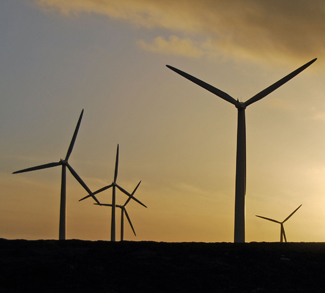Summary
Rising global temperatures and melting Arctic ice are changing the geopolitical reality in the far north. In the span of a decade, the Arctic has gone from being considered a ‘global common’ to a hotly contested economic goldmine.
Analysis
Significance of the Arctic
The geopolitical relevance of the Arctic is overwhelmingly economic in nature. Under the melting ice lies an abundance of natural resources, mainly in the form of energy reserves. According to estimates, the region is home to around 22% of the earth’s remaining supplies of oil and gas [1]. While the current cost of tapping these reserves is high, their ownership is particularly appealing to Arctic-bordering states given the widely held assumption that energy prices will once again spike in the future. Arctic reserves can also be exploited without risking the political violence and instability that can arise in the Middle East and Africa.
According to the U.S Geological Survey assessment of energy resources in the Arctic, the largest potential oil reserves in the region are: The Arctic Alaska Basin off the northern coast of Alaska, the Amerasia Basin north of Canada, and the East and West Greenland Rift Basins, off the coasts of Greenland. The estimated supplies in these fields are 29, 9.7, 8, and 7 billion barrels of oil respectively [2].
The Players
According to the UN Convention on the Law of the Sea, every maritime state’s continental shelf extends 200 nautical miles; within this area is a state’s Exclusive Economic Zone (EEZ). However, states can extend their jurisdiction up to a maximum of 350 nautical miles by submitting geological evidence to the UN Commission on the Limits of the Continental Shelf (CLCS) within 10 years of ratifying the Law of the Sea [3]. The primary players involved in this process are Russia, Canada, Denmark, and Norway, all of whom have Arctic coastline. America is also a stakeholder, but one that is acting outside the UN framework.
Russia
In 2001, Moscow submitted a claim to the 1240 mile underwater Lomonosov Ridge to the UN CLCS, arguing that the ridge is an extension of the Siberian landmass [5]. If the Commission were to recognize the ridge as Russian territory, Russia would extend its EEZ nearly all the way to the North Pole. In an effort to symbolically bolster their claim, a Russian science expedition used a mini-sub to plant a flag in the Arctic seabed under the North Pole in 2007.
More recently, a report released by the Russian National Security Council reveals that Moscow expects the Arctic to become its’ primary resource base by 2020. The report also goes on to outline plans for the formation of a specialized military force responsible for protecting Russian interests in the Arctic [4].



